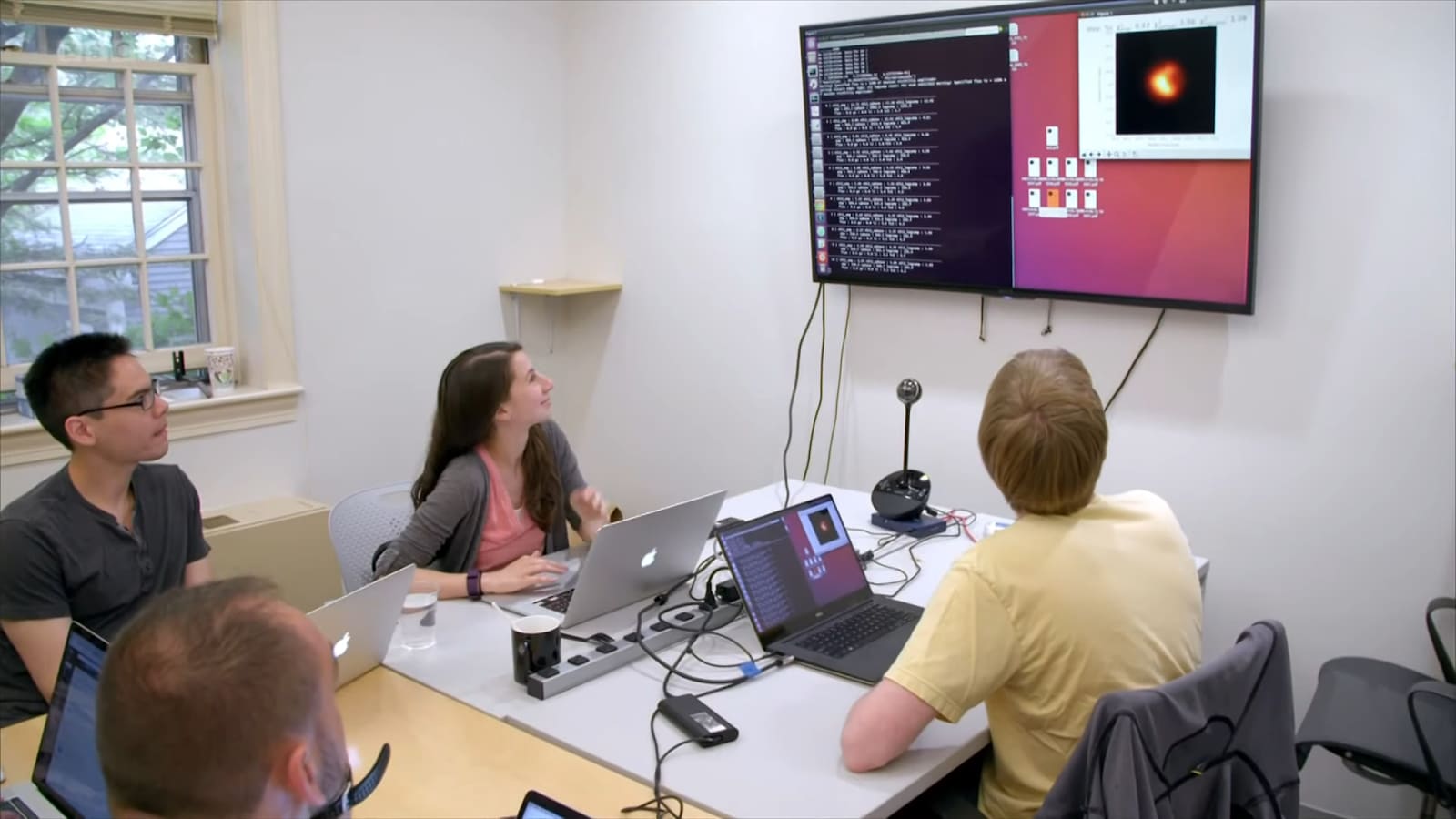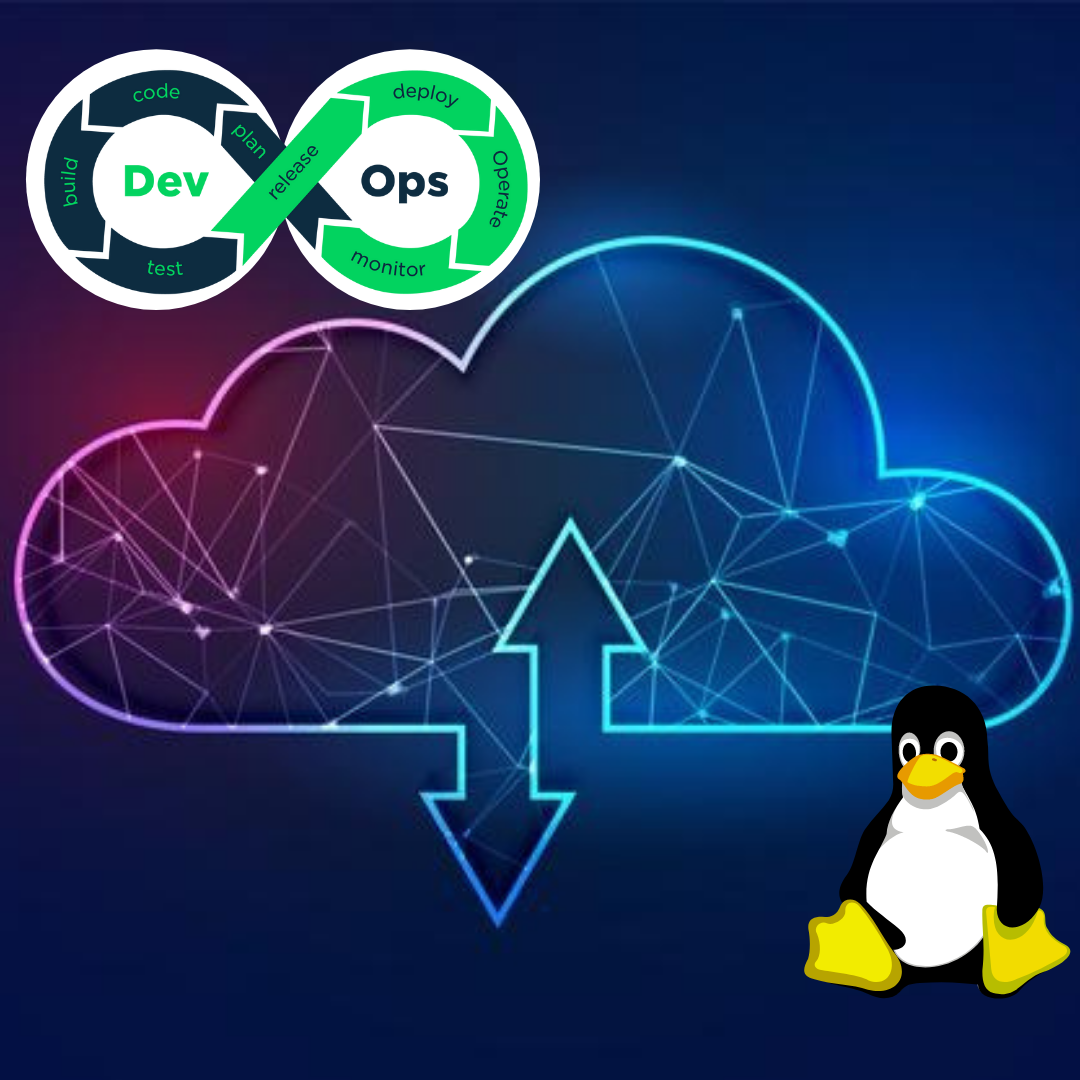Introduction
Linux has always been celebrated for its unparalleled flexibility and customization options. While the default desktop environments that come with various Linux distributions are functional and efficient, there’s something undeniably appealing about creating a desktop environment that’s uniquely yours. With a plethora of themes, icons, wallpapers, and widgets available, you can turn your Linux desktop into a work of art that reflects your personality and style.
In this guide, we’ll take you on a journey through the world of Linux desktop customization. Whether you’re a seasoned Linux user looking to revamp your desktop or a newcomer curious about the possibilities, this comprehensive resource will help you unlock the full potential of your desktop environment.
Chapter 1: Choosing a Desktop Environment
The first step in customizing your Linux desktop is choosing a suitable desktop environment. Linux offers a variety of desktop environments, each with its own unique features and aesthetics. You can find something that matches your workflow and preferences perfectly.
Here are some popular desktop environments to consider:
GNOME: Known for its clean and user-friendly interface, GNOME is a popular choice for many Linux distributions. It’s great for users who prefer a modern, minimalistic design.
KDE Plasma: KDE is famous for its robust customization options. You can tweak everything from the panel to the system tray, making it ideal for power users.
XFCE: XFCE strikes a balance between simplicity and customization. It’s lightweight and suitable for older hardware.
Cinnamon: Cinnamon offers a traditional desktop layout with a modern touch. It’s user-friendly and highly customizable.
LXQt: LXQt is another lightweight option designed for speed and efficiency. It’s perfect for resource-constrained systems.
Your choice of desktop environment will significantly influence the customization options available to you. Each environment comes with its own themes, icons, and extensions that you can modify to match your style. Once you’ve settled on a desktop environment, it’s time to dive into the world of theming.
Chapter 2: Customizing Themes
Themes play a pivotal role in defining the look and feel of your Linux desktop. A well-chosen theme can completely transform the way your desktop appears. Linux offers two primary types of themes: GTK (GIMP Toolkit) themes and Qt themes. GTK themes are used by GNOME and many other desktop environments, while Qt themes are used by KDE Plasma.
Let’s explore the process of customizing themes:
Installing and Managing Themes
Most Linux distributions come with a selection of pre-installed themes, but you can easily expand your collection. You can find themes on various Linux repositories and websites like GNOME-Look and KDE Store. Download the theme you like and install it through your desktop environment’s settings or using the terminal.
Tweaking Color Schemes and Fonts
Themes typically come with predefined color schemes and fonts. However, you can further customize these to suit your preferences. Explore your desktop environment’s settings to adjust colors, fonts, and icon sizes. You can create a harmonious color scheme that resonates with your personality.
Chapter 3: Icon Sets and Customization
Icons are the visual elements that represent your applications, files, and folders. A unique set of icons can give your Linux desktop a distinctive look. Here’s how you can customize your icons:
Discovering and Installing Icon Themes
Like themes, icon sets can be easily installed and managed through your desktop environment’s settings or the terminal. Many websites offer a wide range of icon themes, ensuring that you’ll find something that suits your taste.
Creating Custom Icons
For the truly adventurous, you can create your own custom icons. This requires some graphic design skills and software like Inkscape or GIMP. Design icons that express your individuality and make your desktop one-of-a-kind.
Chapter 4: Wallpapers and Backgrounds
Wallpapers are the backdrop of your Linux desktop. Changing your wallpaper regularly can breathe new life into your workspace. Linux offers a range of options for managing wallpapers:
Setting Up Dynamic and Static Wallpapers
You can choose between static wallpapers that remain fixed or dynamic wallpapers that change at specified intervals. Dynamic wallpapers can depict different scenes throughout the day, creating a captivating visual experience.
Utilizing Multiple Monitors Effectively
If you have multiple monitors, you can create a panoramic view by setting different wallpapers for each screen. This adds depth to your desktop and creates a unique visual impact.
Chapter 5: Desktop Widgets and Applets
Desktop widgets and applets are mini-applications that provide quick access to information or tools. Widgets can display the weather, news, system statistics, and more. Here’s how to make the most of them:
Using Widgets to Enhance Functionality
Explore the widget options available for your desktop environment. You can add widgets to your panel, desktop, or other designated areas to improve your workflow and access essential information at a glance.
Building Your Own Widgets
For those with coding skills, you can create your own widgets or applets. Customize them to display precisely the information you need, making your desktop exceptionally functional.
Chapter 6: Advanced Customization Techniques
For users who want to take their Linux desktop customization to the next level, advanced techniques can be highly rewarding:
Editing Configuration Files
Many aspects of your desktop environment can be fine-tuned by editing configuration files. This requires a good understanding of the file structure and specific configuration options for your desktop environment.
Shell Customization and Scripting
Customizing your Linux shell can be an exciting venture. You can create scripts, aliases, and functions to automate tasks and enhance your overall productivity.
Chapter 7: Backing Up Your Desktop Configuration
Customizing your Linux desktop can be a time-consuming process. It’s essential to back up your configuration to prevent data loss in case of system issues or hardware upgrades. This chapter discusses the importance of regular backups and offers guidance on how to back up your desktop configuration safely.
Chapter 8: Community and Resources
The Linux community is vast and supportive. Engaging with others who share your interest in desktop customization can be highly motivating and informative. This chapter directs you to online communities, forums, and other resources where you can find inspiration, seek help, and share your own customized desktop creations.
Conclusion
Customizing your Linux desktop is a rewarding journey that allows you to create a workspace tailored to your preferences and personality. With the wealth of themes, icons, wallpapers, and widgets available, the possibilities are virtually endless. Your Linux desktop can be as unique and beautiful as you desire.
So, don’t settle for the default look. Dive into the world of Linux desktop customization and transform your workspace into a digital masterpiece that reflects who you are and how you work. Enjoy the freedom and creativity that Linux customization brings, and let your desktop truly become your own.
Now, it’s your turn to get started. Choose a desktop environment, explore themes and icons, and embark on the exciting path of customizing your Linux desktop. The canvas is yours, and the possibilities are endless. Happy customizing!




